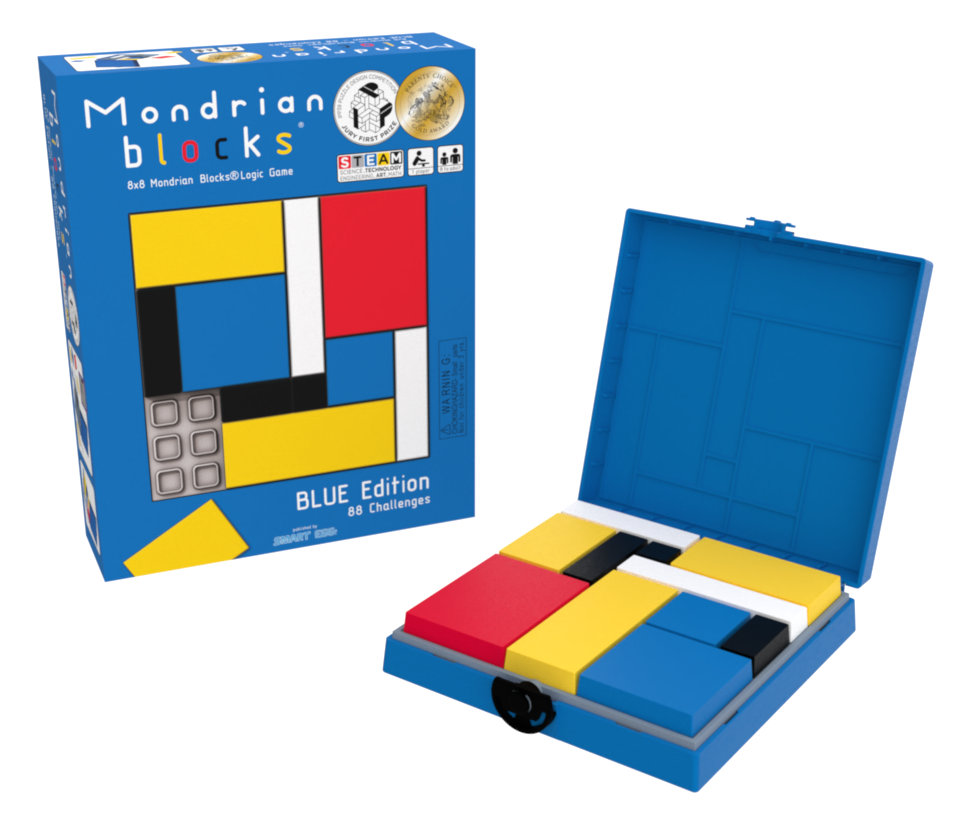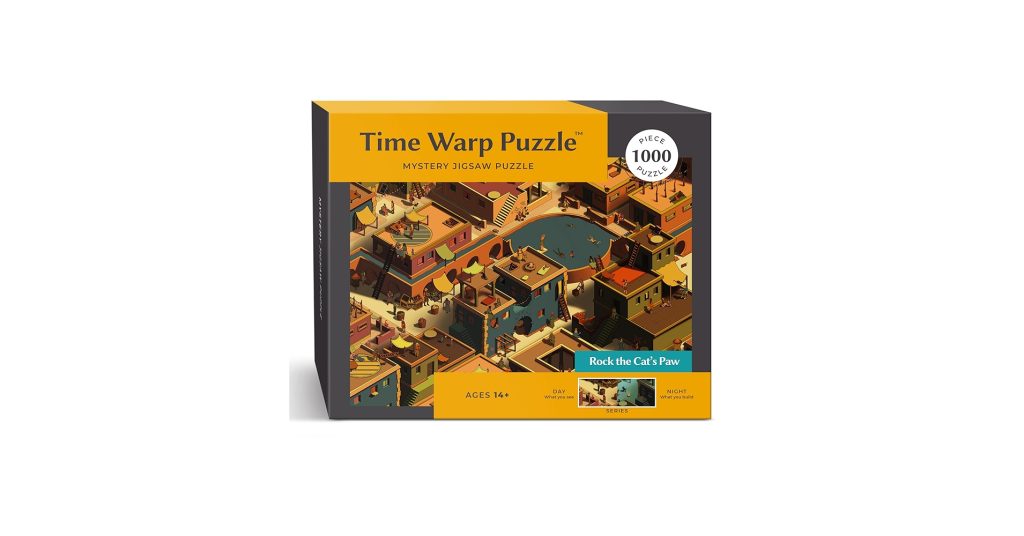Unveiling the Power of Puzzles for Creativity and Innovation

The Power of Puzzles in Skill Development
Puzzles transcend simple entertainment; they invite us to engage in a complex interplay of intellect and creativity. Whether it’s a jigsaw, a crossword, or a Sudoku, tackling these challenges can lead to meaningful cognitive benefits that extend far beyond the realm of recreation.
- Cognitive Benefits: Engaging with puzzles sharpens critical thinking skills and enhances memory retention. Research indicates that regular puzzle-solving can stimulate neural pathways, potentially delaying cognitive decline associated with aging. For example, studies have shown that seniors who regularly engage in brain games, including puzzles, maintain better cognitive function compared to those who do not.
- Team Collaboration: Solving puzzles in teams can improve teamwork and foster communication. In corporate settings, team-building exercises often include collaborative puzzles to encourage employees to work together towards a common goal. This not only makes the process enjoyable but also enhances interpersonal relations among staff members.
- Artistic Expression: Many contemporary puzzles blend stunning visual art with challenging formats, providing a unique platform for artistic exploration. For instance, puzzles featuring the works of famous artists like Van Gogh or Monet allow players to appreciate art while engaging in the mental challenge of putting together the various pieces.
In the United States, an increasing number of educators are embracing puzzles as a tool for skill enhancement. This trend reflects a broader understanding of how puzzles can cultivate agile thinking, which is essential in navigating today’s fast-paced, complex environments. So, how can individuals harness the potential of puzzles for personal and professional advancement?
- Developing New Solutions: Puzzles encourage creative problem-solving by training the brain to consider multiple angles and approaches. For instance, mathematical puzzles not only challenge numerical aptitude but also enhance logical reasoning.
- Fostering Resilience: Facing difficult puzzles requires perseverance, teaching individuals the value of persistence. Many people find that the sense of accomplishment derived from solving a particularly challenging puzzle translates into increased confidence when tackling real-world problems.
- Encouraging Diverse Thinking: Engaging with different types of puzzles, such as lateral puzzles or logic riddles, encourages thinkers to navigate multiple viewpoints. This diversity is crucial in any profession, promoting adaptability and innovative thinking.
As we explore the multifaceted advantages of puzzles, it becomes clear that they are more than mere pastime—they are powerful tools for enhancing creativity and innovation. Engaging with puzzles invites individuals to expand their horizons, making them invaluable in both personal development and professional growth. The next time you approach a puzzle, remember that it may be the key to unlocking greater potential within yourself.
DIVE DEEPER: Click here to discover mindfulness techniques
Unlocking Creativity Through Puzzle Engagement
Puzzles are not only a source of entertainment; they serve as a robust vehicle for stimulating creativity and fostering innovation. As individuals dive into the world of puzzles, they engage in a unique cognitive workout, sparking new ideas and enhancing creative thinking skills.


One of the key outcomes of solving puzzles is the development of divergent thinking. This cognitive style encourages individuals to explore multiple solutions to a problem rather than adhering to a single correct answer. Puzzles, particularly those that involve lateral thinking, challenge solvers to step outside of conventional reasoning paths. A famous example can be found in the realm of escape rooms, where teams must think creatively to solve clues and overcome obstacles. This format not only increases teamwork but also promotes innovative thinking—skills that are invaluable in workplaces striving for a competitive edge.
- Improved Cognitive Flexibility: The nature of puzzles requires shifting approaches and reconsidering strategies to reveal new pathways to a solution. This adaptability is an essential trait for innovators in any field, allowing individuals to pivot when faced with challenges or to rethink processes that may no longer be effective.
- Enhanced Visual-Spatial Skills: Engaging in spatial puzzles, such as jigsaw and 3D puzzles, refines one’s ability to visualize and manipulate objects mentally. This skill is crucial in diverse sectors, including engineering, architecture, and design, where creating innovative solutions often hinges on strong visual-spatial reasoning.
- Encouragement of Experimentation: The trial-and-error process inherent in solving puzzles nurtures an atmosphere of experimentation. This willingness to test hypotheses fosters a culture of innovation, where failure is viewed as a stepping stone to success rather than a setback.
Furthermore, the act of puzzle-solving can stimulate the brain’s reward system. When an individual completes a puzzle, a sense of achievement releases dopamine, the neurotransmitter responsible for feelings of pleasure and satisfaction. This neurochemical response not only enhances mood but also encourages continued engagement with challenging tasks, effectively leading to a cascade of greater creativity and problem-solving prowess over time.
Beyond personal benefits, puzzles also hold significant potential within educational contexts. Schools across the United States are increasingly incorporating puzzle-based activities into their curricula to ignite creativity among students. These activities serve as practical tools for teaching concepts in science, math, and even art—demonstrating that puzzles are not merely recreational diversions, but foundational tools that help students unlock their innovative potential.
As the exploration of the relationship between puzzles and creativity deepens, it is imperative to recognize that integrating puzzles into one’s life—whether at home, in classrooms, or within team environments—can cultivate a fertile ground for innovation. Therefore, incorporating regular puzzle-solving into daily routines can undoubtedly yield significant returns in the realms of creativity and problem-solving abilities.
| Advantage | Description |
|---|---|
| Enhanced Problem Solving | Puzzles promote critical thinking, allowing individuals to approach problems with innovative solutions. |
| Boosted Collaboration | Working on puzzles together fosters teamwork and enhances communication skills among participants. |
| Cognitive Benefits | Engaging with complex puzzle mechanics can improve memory, focus, and cognitive flexibility. |
| Stress Reduction | Solving puzzles provides a meditative escape, reducing stress and enhancing mental well-being. |
The theme of “Unveiling the Power of Puzzles for Creativity and Innovation” reveals how these engaging activities can be a powerful tool in personal and professional domains. The act of solving puzzles isn’t just a leisure activity; it taps into essential mental skills that can be further honed through practice. Research indicates that individuals frequently engaged in puzzle-solving often display improved creative thinking capabilities, equipping them to tackle both trivial and complex challenges with finesse.Furthermore, in a world that increasingly values collaborative efforts, puzzles offer an interactive experience that necessitates teamwork—a crucial component for fostering innovation in any organization. When teams come together to solve a puzzle, they not only enhance their problem-solving skills but also strengthen interpersonal relationships that drive future collaborations.Moreover, the cognitive benefits of puzzles extend beyond simple entertainment. They sharpen cognitive functions by requiring focus and strategy, which can ultimately lead to higher productivity levels in both academic and work environments. This dual benefit—the enhancement of mental agility alongside stress reduction—makes puzzles a valuable resource for nurturing creativity in every aspect of life. Readers are encouraged to explore the intricate connections between puzzles and innovative thinking, as far more potential lies within than simply assembling pieces.
DIVE DEEPER: Click here to uncover more insights
The Educational and Social Impact of Puzzles
The benefits of puzzles extend beyond individual cognitive development; they also play a vital role in enhancing social interaction and collaboration. In today’s fast-paced world, where team-based solutions are often essential, puzzle-solving activities can serve as a bridge to strengthen communication and bonding among team members. For instance, workplaces that utilize team-building puzzles, such as cooperative board games or challenging brain teasers, can create dynamic environments where employees collaborate effectively to uncover solutions. This process not only strengthens relationships but also cultivates a shared sense of accomplishment, further fueling creative ideas and innovative approaches.
Moreover, puzzles can act as powerful tools for promoting inclusivity in diverse groups. They have the unique ability to bring together individuals from various backgrounds, ages, and experiences. For example, puzzle clubs in community centers across the United States have emerged as a popular way to unite people. Participants work together to solve complex riddles or jigsaw puzzles, allowing them to leverage their different perspectives to reach a common goal. This communal aspect of puzzle-solving fosters social cohesion and encourages a spirit of collaboration, which is vital in driving innovation across diverse industries.
Puzzles as a Catalyst for Scientific Inquiry
Another intriguing aspect of puzzles is their potential in the field of scientific inquiry and exploration. In numerous STEM (science, technology, engineering, and mathematics) education initiatives, puzzles are being reshaped into project-based learning activities that encourage students to think critically. For instance, coding puzzles have gained popularity in programming education, enabling students to engage creatively with technological concepts while simultaneously developing their logical reasoning skills. The application of puzzles in scientific research can also be seen in biotechnology, where geneticists use puzzle-like models to understand complex biological systems and relationships.
The rise of gamification in educational settings has led to the development of platforms like Code.org and Zoombini, which utilize puzzle-solving methodologies to teach programming and logic development. By navigating labyrinthine challenges, students not only encounter rich learning experiences but also develop essential skills in creativity and problem-solving that are applicable beyond the classroom. Insights from research indicate that engaging with these puzzles enhances students’ interest in STEM fields, cultivating the next generation of innovators.
The Therapeutic Aspect of Puzzle Solving
Puzzles also serve as an effective therapeutic tool, providing cognitive stimulation that can benefit individuals dealing with stress or mental health challenges. Engaging with puzzles can act as a form of mindfulness, allowing individuals to focus their attention and reduce anxiety levels. Therapeutic workshops often incorporate puzzles to facilitate discussions and encourage self-expression. For example, seniors in retirement communities frequently gather to work on jigsaw puzzles, which can evoke happy memories and incite storytelling—a powerful means of fostering emotional connection and creative expression.
Even in the field of cognitive rehabilitation, puzzles are used as a strategy to help patients recover from strokes or cognitive impairments. The repetitive and engaging nature of puzzles can effectively retrain cognitive pathways, illustrating the far-reaching impact of puzzle engagement on overall brain health.
The multi-faceted benefits of puzzles underline their importance as potent catalysts for creativity and innovation across various domains. From social bonding and educational enhancement to therapeutic applications, puzzles represent a rich and underexplored avenue for unlocking human potential in an increasingly complex world.
DIVE DEEPER: Click here to discover how digital games enhance problem-solving skills
Conclusion: Embracing Puzzles as Agents of Change
As we navigate the intricate tapestry of modern life, the significance of puzzles emerges not merely as a form of entertainment but as a powerful vehicle for creativity and innovation. Their multifaceted applications—from aiding cognitive development in education to enhancing emotional connections in therapeutic settings—showcase an untapped potential that can ignite the imaginations of individuals and teams alike. Puzzles encourage critical thinking, foster collaboration, and promote inclusivity, all essential ingredients for success in today’s innovative landscape.
Incorporating puzzles into our day-to-day routines can catalyze not only individual growth but also cohesive teamwork, highlighting the strength found in diverse perspectives. Furthermore, the rise of gamified learning and the integration of puzzles into STEM programs promise to inspire the next generation of thinkers and innovators, equipping them with critical skills necessary for future challenges. As research indicates the profound effects of engagement with puzzles on cognitive abilities and mental well-being, it becomes evident that these brain teasers are much more than mere distractions.
In conclusion, the potential of puzzles to transform both personal and professional landscapes is significant and deserves wider recognition. By embracing puzzles as strategic tools for enhancing creativity and driving innovation, we open doors to new ideas and solutions—ultimately paving the way for a more connected and imaginative society. As you explore this fascinating realm, consider how puzzles might enrich your life and inspire you to think differently in your daily challenges.


